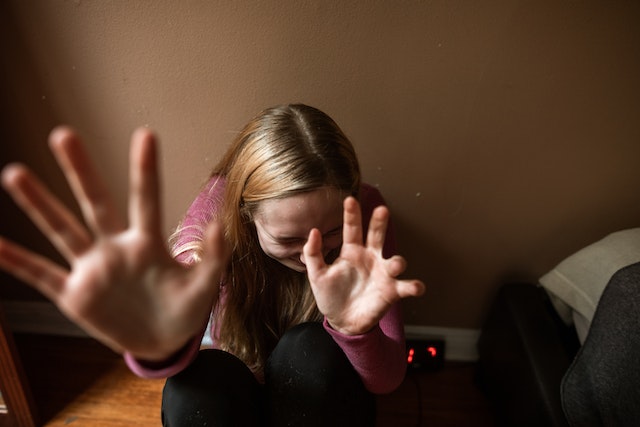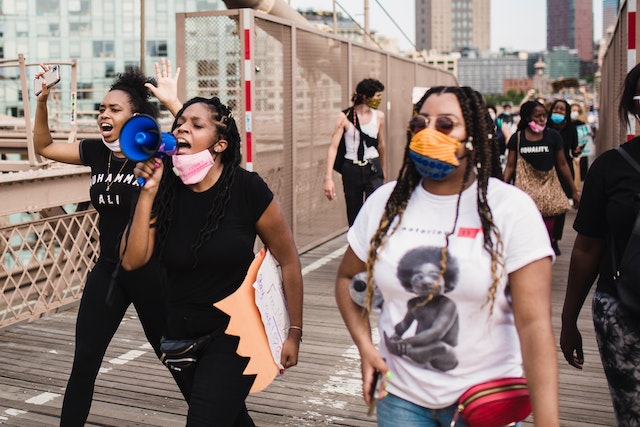Gender-based violence (GBV) affects everyone, but it is particularly harmful to women and girls. The effects can be long-lasting and pervasive. It can also have a profound impact on health. In particular, it can lead to chronic depression and other mental illnesses. The good news is that GBV can be prevented through education and promoting gender equality.
Gender-based violence (GBV) is any harm perpetrated against a woman or girl based on power inequalities rooted in gender roles. It includes sexual and physical assault, unwanted or unintended pregnancies, STIs/HIV and other health consequences, social distancing, and death.

Prevention is key, and it is everyone’s responsibility to help end GBV. There are many ways to do this, including:
Education at every level
Education can be delivered in several ways, including integrating gender equality and human rights into school curricula and teaching students about different types of violence. In addition, CARE International’s GBV-related projects use a participatory training approach to help people reframe how they think about power and relationships and promote the importance of balancing roles between partners.
Encouraging awareness-raising campaigns
Aside from educating adolescents and youth, it is important to keep them engaged and motivated to transform gender norms and reduce GBV by engaging them in awareness-raising campaigns. This includes providing them with the skills and knowledge to be leaders in their community. This can be done by incorporating youth-led advocacy in all aspects of programming, from research to implementation and delivery, including training and workshops.
Engaging youth in prevention programs
One of the many ways to prevent GBV from happening is by engaging adolescents and youth in prevention programs. This ensures that the interventions are designed from a gender perspective and grounded on scientific evidence.
These programs can help break the cycle of violence in young people’s relationships by educating adolescents and youth about the causes of gender-based violence, including identifying early warning signs of potential violence in their relationships. They can then share this knowledge with their peers, families, and community.
Implementation of political laws
Many of the most dangerous forms of GBV – such as sexual assault and female genital mutilation – can be stopped by taking action before an attack happens. Prevention requires a political commitment, implementing laws that promote gender equality, investing in women’s organizations, and addressing the multiple discriminations that contribute to violence against women.
Free access to support services
It is also important to ensure that women and girls can access free essential support services, such as emergency helplines, safe accommodation, legal or health assistance, and psycho-social counseling. This can be done by ensuring that these services are funded and adequately staffed and by supporting campaigns.

Intervention of the community
There are also a number of things that can be done at a community level to prevent violence against women and girls, such as promoting egalitarian gender norms in schools, the media, and sports and advocating for equal representation of women in leadership positions. It is also crucial to ensure that gender-based violence is included in population-based demographic and health surveys and data systems.

